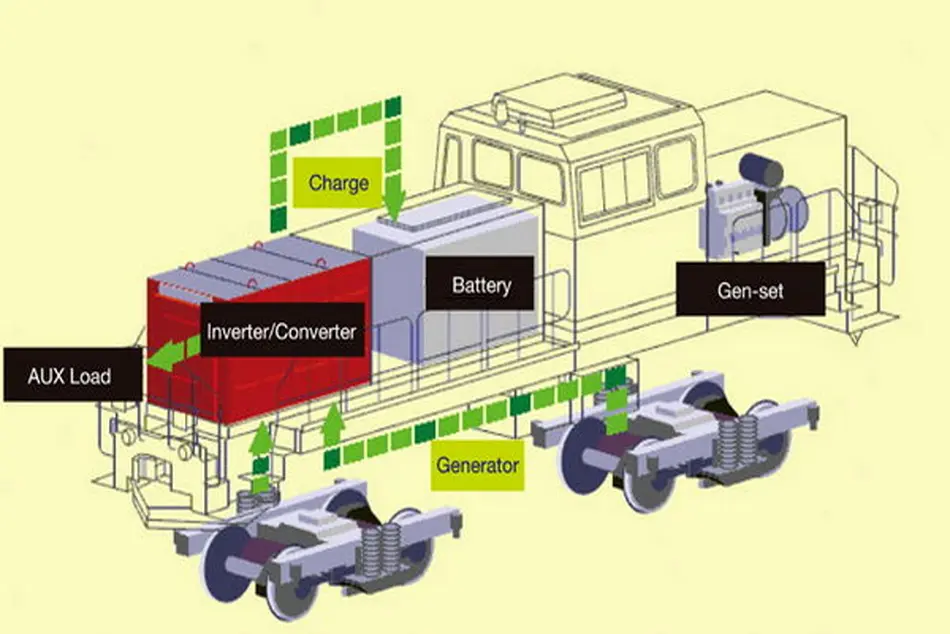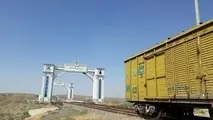History of hybrid locomotive in Iran
In March 2002, the prototype of Iran's hybrid locomotive using the G12 locomotive platform was unveiled by the late Dr. Dadman just 3 months after his appointment as the minister of roads and transportation and he instructed to produce 5 more samples.

In 1997, at the same time as the technical negotiations of the AD43 diesel electric AC freight locomotive with French Alstom company began, the concept design of Iran's first hybrid shunting locomotive was shaped and the relevant contract was signed in 1978.
It was considered to use an internal Genset of about 200 kW and a battery set instead of the old 12V 567 diesel engine with a horsepower of 1400 of course with high fuel consumption and high maintenance cost.
The main goal for this conversion was to better understand AC technology in traction motors which was its first introduction in locomotives of Iranian railway (RAI).
In March 2002, the prototype of Iran's hybrid locomotive using the G12 locomotive platform was unveiled by the late Dr. Dadman just 3 months after his appointment as the minister of roads and transportation and he instructed to produce 5 more samples.
This was the first hybrid loco in the Middle East and even could be considered the first converted hybrid AC in the world because the USA hybrid was DC and was introduced in 2002.
To compensate for the lost power of the 12-cylinder American engine of the said locomotive with a power of 1400 horsepower, which was replaced with a localized 200 KW diesel generator, several large lead-acid batteries were used,
to strengthen the scientific power of the experts and colleagues of the research center during technical negotiations with Alstom company and reduce cost and time, two AC electric motors available in the market (non-traction) and IGBT inverters were used in this locomotive.
Considering the numerous effects of using plug-in hybrid locomotives, especially due to the reduction of fuel consumption, the reduction of pollution in railway stations in cities such as Tehran, and Mashhad by relying on internal resources, and the ease, cost, and less dependency on DC locomotive hybridization than the consortium AC type.
With several companies in 1994, an investment proposal was made to convert 37 old locomotives into hybrids for the Islamic Republic of Iran Railways.
According to the approach of global advanced industries such as Toshiba, Alstom, etc. to this issue in recent years, with this move, in addition to massive fuel savings and reduction of air pollution in cities, the conditions for supporting Domestic engineering and production capacities and the basis for reducing dependence on foreign purchases will be provided, and the goals of the fuel-saving Act to increase share of rail freight and passenger transportation to 30% and 20% will be more likely to be realized.



